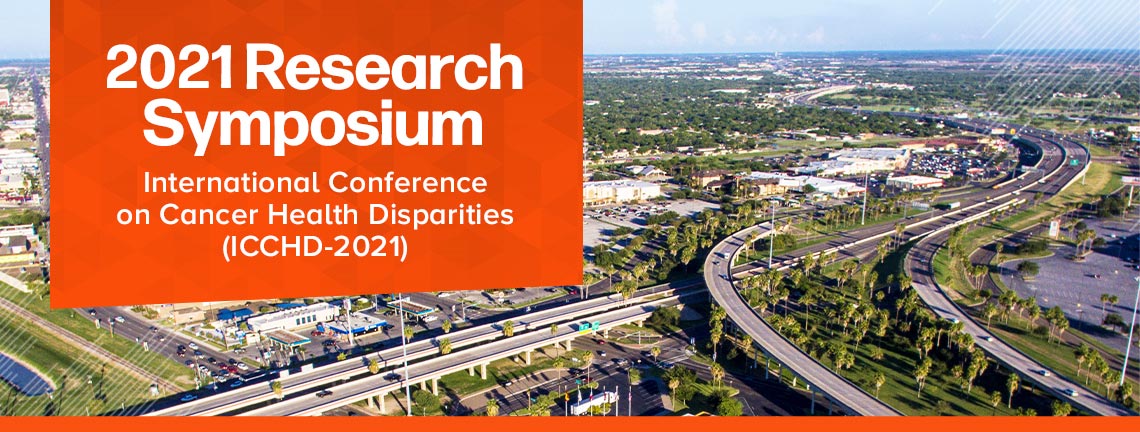
Posters
Presentation Type
Poster
Discipline Track
Biomedical Science
Abstract Type
Research/Clinical
Abstract
Background: Glioblastoma multiforme (GBM) is one of the most common and aggressive forms of cancer with unfavorable prognosis due to high levels of reoccurrence with around 10,000 patients in the U.S. diagnosed each year. Despite treatment with surgery, radiotherapy, and chemotherapy, survival rate for this disease is around 21 months after diagnosis. Minocycline, a tetracycline-derivative used as an antibiotic, has also demonstrated the ability to inhibit angiogenesis or tumor growth and, presents a possible treatment option for GBM.
Methods: Microparticles were fabricated by electrospraying by varying solvent type, distance, flow rate, voltage, and polymer concentration as parameters. The cytotoxicity of endothelial and glioblastoma cells was determined by an MTT assay by determining the absorbance using a spectrophotometer at a wavelength of 350 nm. Scanning electron microscopy (SEM) imaging was used to image the samples to determine microparticle surface morphology and size via an electron beam due to microparticles being sputter coated with gold to generate an electrical conduction.
Results: The electrospraying process consists of numerous parameters which directly affect the creation of microparticles. The use of the solvent methanol aids in dissolving minocycline, while the use of DCM is important for the process of electrospraying, due to its higher vapor pressure and ability to dissolve PLGA.
Conclusion: In conclusion, electrospraying is a promising method to fabricate drug loaded PLGA microparticles. However, optimization is needed whenever there is a new drug of interest as it can modify the properties of the electrospray solution and result in different effects on the fabrication parameters and particles produced.
Recommended Citation
Amieva, Juan A.; Jimenez, Angela C.; Arriaga, Marco Antonio; Quintanilla, Jaqueline; Trevino De Leo, Carlos; Martirosyan, Karen S.; and Chew, Sue Anne, "The Application of Electrosprayed Minocycline-Loaded PLGA For The Treatment Of Glioblastoma" (2023). Research Symposium. 94.
https://scholarworks.utrgv.edu/somrs/theme1/posters/94
The Application of Electrosprayed Minocycline-Loaded PLGA For The Treatment Of Glioblastoma
Background: Glioblastoma multiforme (GBM) is one of the most common and aggressive forms of cancer with unfavorable prognosis due to high levels of reoccurrence with around 10,000 patients in the U.S. diagnosed each year. Despite treatment with surgery, radiotherapy, and chemotherapy, survival rate for this disease is around 21 months after diagnosis. Minocycline, a tetracycline-derivative used as an antibiotic, has also demonstrated the ability to inhibit angiogenesis or tumor growth and, presents a possible treatment option for GBM.
Methods: Microparticles were fabricated by electrospraying by varying solvent type, distance, flow rate, voltage, and polymer concentration as parameters. The cytotoxicity of endothelial and glioblastoma cells was determined by an MTT assay by determining the absorbance using a spectrophotometer at a wavelength of 350 nm. Scanning electron microscopy (SEM) imaging was used to image the samples to determine microparticle surface morphology and size via an electron beam due to microparticles being sputter coated with gold to generate an electrical conduction.
Results: The electrospraying process consists of numerous parameters which directly affect the creation of microparticles. The use of the solvent methanol aids in dissolving minocycline, while the use of DCM is important for the process of electrospraying, due to its higher vapor pressure and ability to dissolve PLGA.
Conclusion: In conclusion, electrospraying is a promising method to fabricate drug loaded PLGA microparticles. However, optimization is needed whenever there is a new drug of interest as it can modify the properties of the electrospray solution and result in different effects on the fabrication parameters and particles produced.

